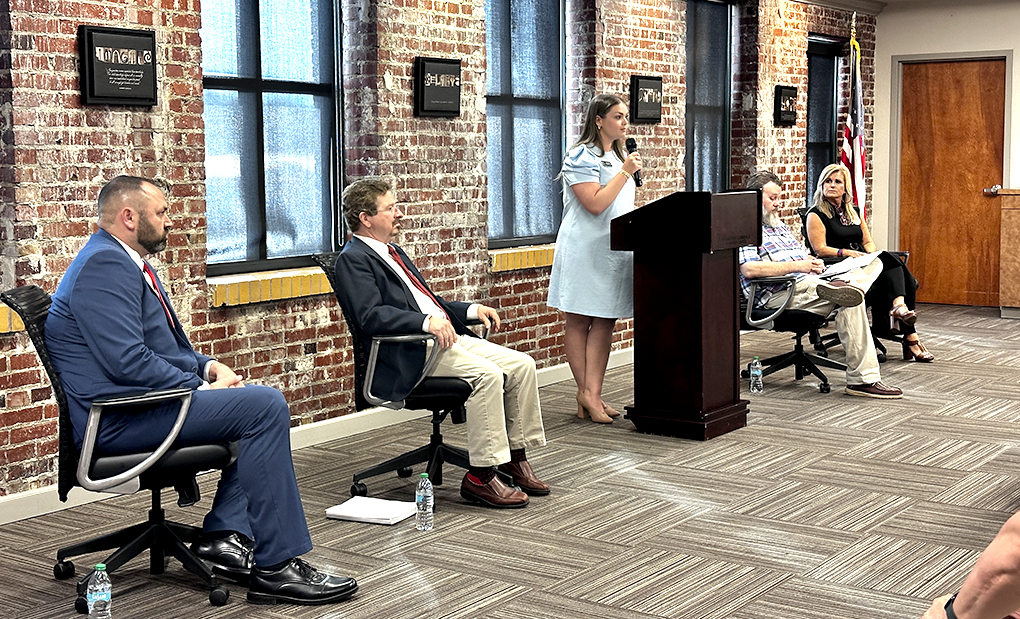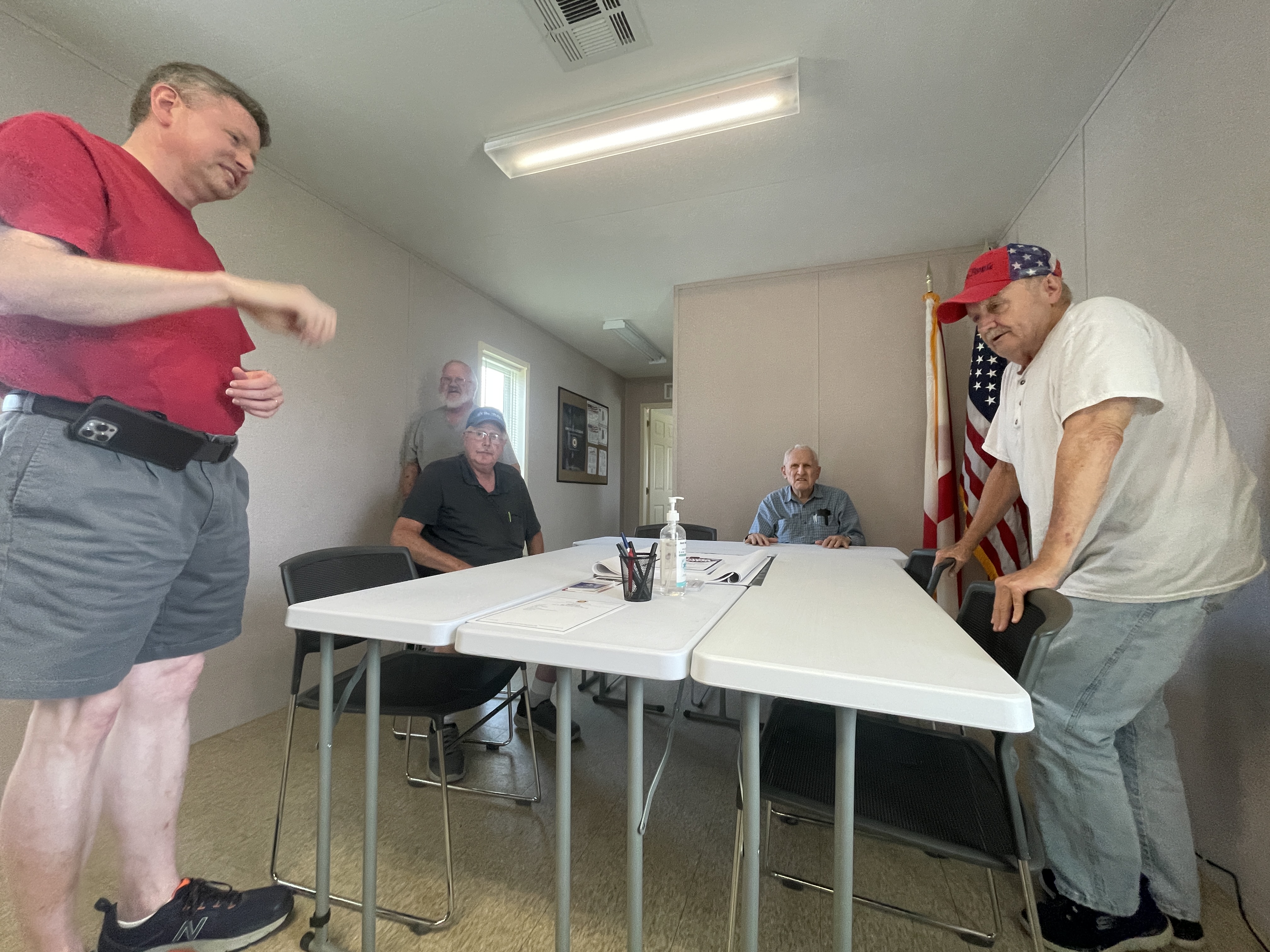Two men control the thermostats in 9,000 federal buildings
Published 12:27 pm Saturday, August 8, 2015
WASHINGTON — If you’re one of the hundreds of thousands of women freezing in federal offices across the country (and secretly running forbidden space heaters under your desk to stay warm), here are the two guys in Washington who wish they could help you stop shivering.
They’re the Mercury Men for the federal government, a job that — in this summer of the Great Debate over air-conditioning in American offices — carries a pretty awesome responsibility. Kevin Kampschroer and Steve Sakach have their hands on the nation’s thermostat, responsible for keeping 2.1 million employees — nearly half of them women — in 9,000 federal buildings cool.
The Mercury Men have listened to the national conversation about freezing women and overheated men from their perch in the dazzling, sustainable offices of the General Services Administration’s downtown Washington headquarters, where the air conditioning can be so finely tuned that it could be 71 degrees in a conference room while the thermostat reads 74 degrees in the office next door.
Sakach, GSA’s head of facilities management, compares the thermostat wars to hit films. “What I thought of as soon as I heard this was, this is ‘When Harry Froze Sally,’ ” he said Thursday, dressed in a green, long-sleeved shirt and long pants. “But that’s not quite the movie we’re playing. It’s really, ‘It’s Complicated.'”
We took the temperature of federal workers’ thermal comfort ourselves this week with an unscientific survey. The results? We got an earful. Men are sweaty, even with summer casual dress codes that allow them to shed ties and jackets. Women are cold. Some of them stash space heaters under their desks. They complain to their building managers. They’re told some version of, “That’s the best we can do.”
The Mercury Men say they feel everyone’s pain. But right now, they don’t have a lot of answers: The average federal building is 47 years old. The air conditioning, which, in 2015, must be turned on in a third of these buildings by pulling a valve, just blasts away.
The best that building managers can do is operate the air conditioning in a five-degree range, which is roughly 71 to 76 degrees. In Arizona, they add humidity to the cooling air. In Colorado, the buildings aren’t cooled as low because of the low humidity. In Washington, epicenter of the humid summer, the cool side prevails.
The result of this imperfect system? Just 60 percent of federal employees GSA has surveyed in recent years say they’re satisfied with the temperature at work, a frustrating number given the government’s $5 billion annual utility bill.
“Even when the building is working absolutely perfectly, we’re only getting that many people who are satisfied,” said Kampschroer, who as GSA’s sustainability chief sets policy on air conditioning.
The government has more than the gender gap to contend with. It’s now got four generations of employees, from millennials to long-timers in their 70s. “If I were going to make a horrible generalization, I would say that baby boomers tend to dress in an old-fashioned, conservative way,” said Kampschroer, who, in his 41st year at GSA, was wearing an open-collar shirt and khakis. “Millennials are more flexible.”
The Mercury Men like to talk more about the federal air conditioning future than the inflexible air conditioning present. GSA’s headquarters at 1800 F Street, built in 1917, went green two years ago. Open space replaced cubicles.When you open a window _and they do open — the air conditioning listens, and shuts down a fan. Cooling takes more factors into account than ever: air temperature, radiant temperature, air velocity and humidity and carbon dioxide levels.
The air conditioning can be adjusted to smaller zones than ever, even to a conference room. (We found Room 5148 pretty cold for this interview at 9:30 a.m. Thursday, when the temperature was set at 71 degrees.)
Sakach was alarmed to hear of some women’s space heater accommodation, given the fire hazard. “Rather than curling up on the floor with a space heater, you can open a window a little bit to let some fresh air in,” he suggested. “Give us a chance. There are things we can do.”
He also suggested that employees who are unhappy with the temperature where they are “self-move” to a warmer (or cooler) spot. That’s government-speak for move yourself. Which works if your office has an open floor plan where people can sit where they want. It doesn’t work if your office has cubicles to which every person is assigned.
At this point in the evolution of thermal comfort in federal offices, women are a lot more likely to self-heat. Just 5 percent of federal buildings have been renovated like GSA’s headquarters. It will be years until self-closing window shades and sun harvesting are the norm. You might want to keep your sweaters on hand.





